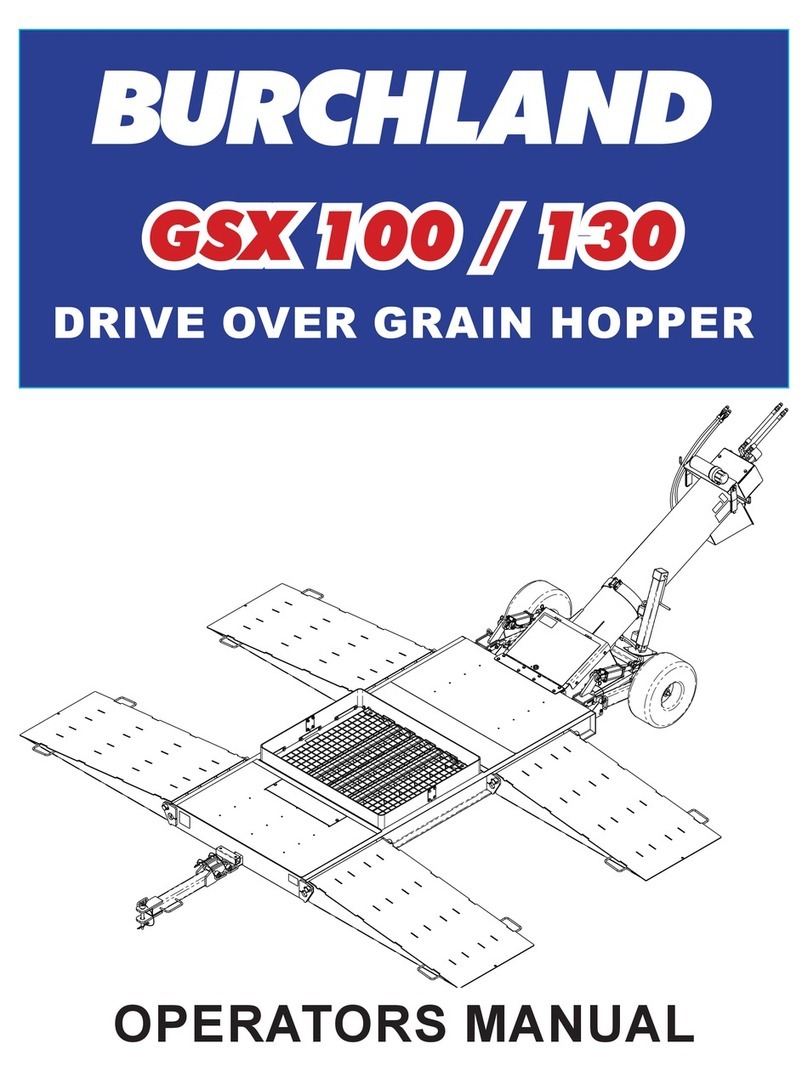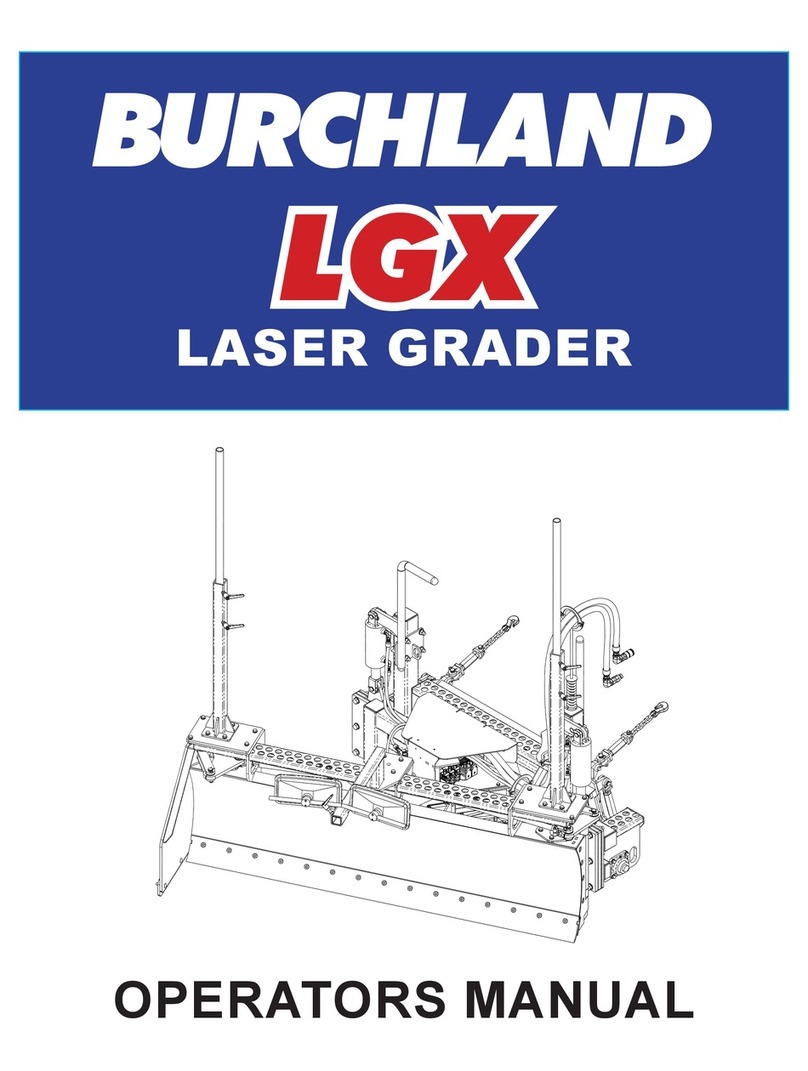
Avoid Work Site Hazards
Avoid contact with gas lines, buried
cables and water lines. Call utility
line location services to identify all
underground utilities before starting
work.
Prepare work site properly. Avoid
operating near structures or objects
that could fall onto the machine. Clear
away debris that could move
unexpectedly if run over.
Avoid boom or attachment contact
with overhead obstacles or
overhead electrical lines. Never
move machine closer than 3 m (10 ft)
plus twice the line insulator length to
overhead wires.
Keep bystanders clear at all times.
Use barricades or a signal person to
keep vehicles and pedestrians away.
Use a signal person if moving machine
in congested areas or where visibility is
restricted. Always keep signal person
in view. Coordinate hand signals
before starting machine.
Operate only on solid footing with
strength sufficient to support machine.
Be especially alert working near
embankments or excavations.
Avoid working under over-hanging
embankments or stockpiles that
could collapse under or on machine.





























